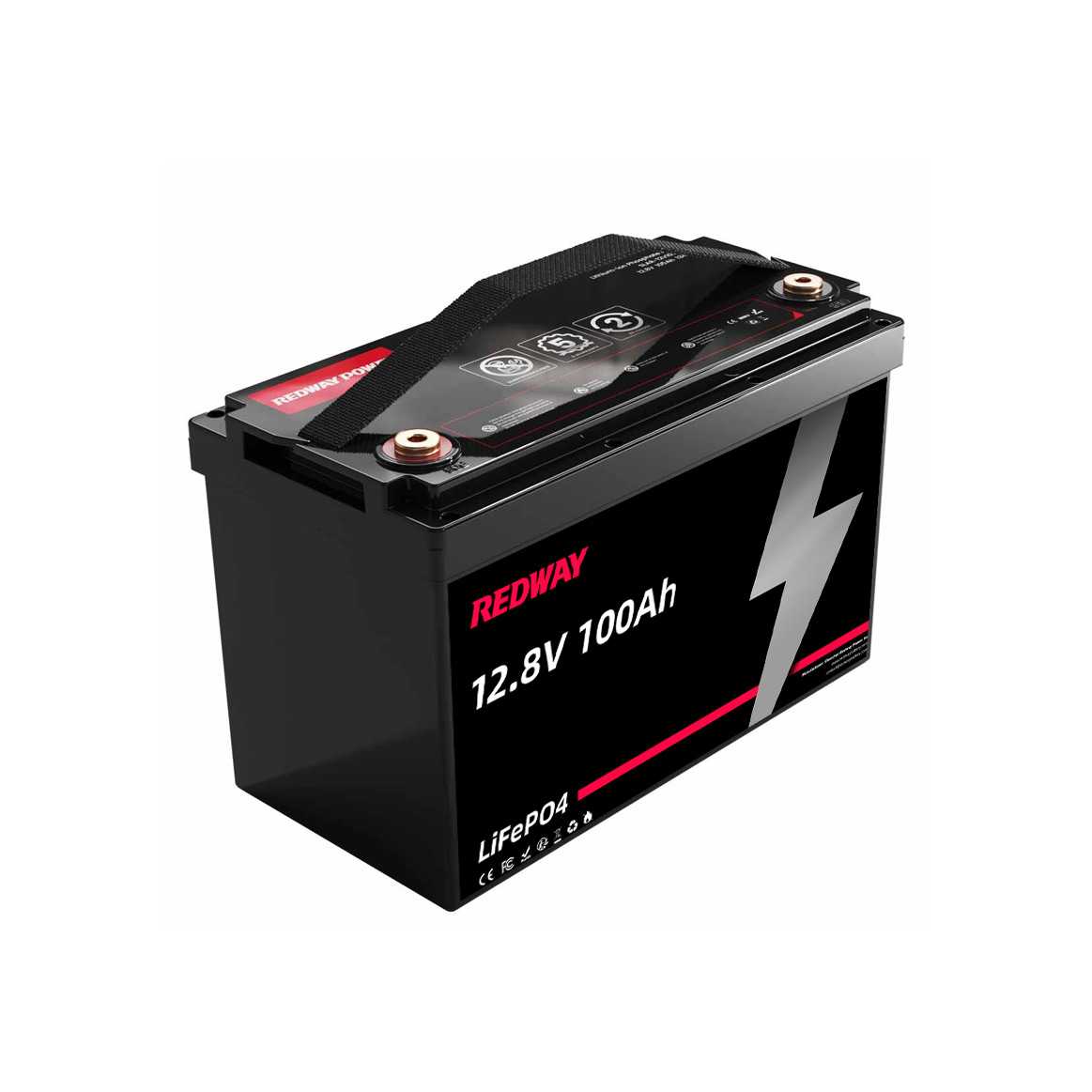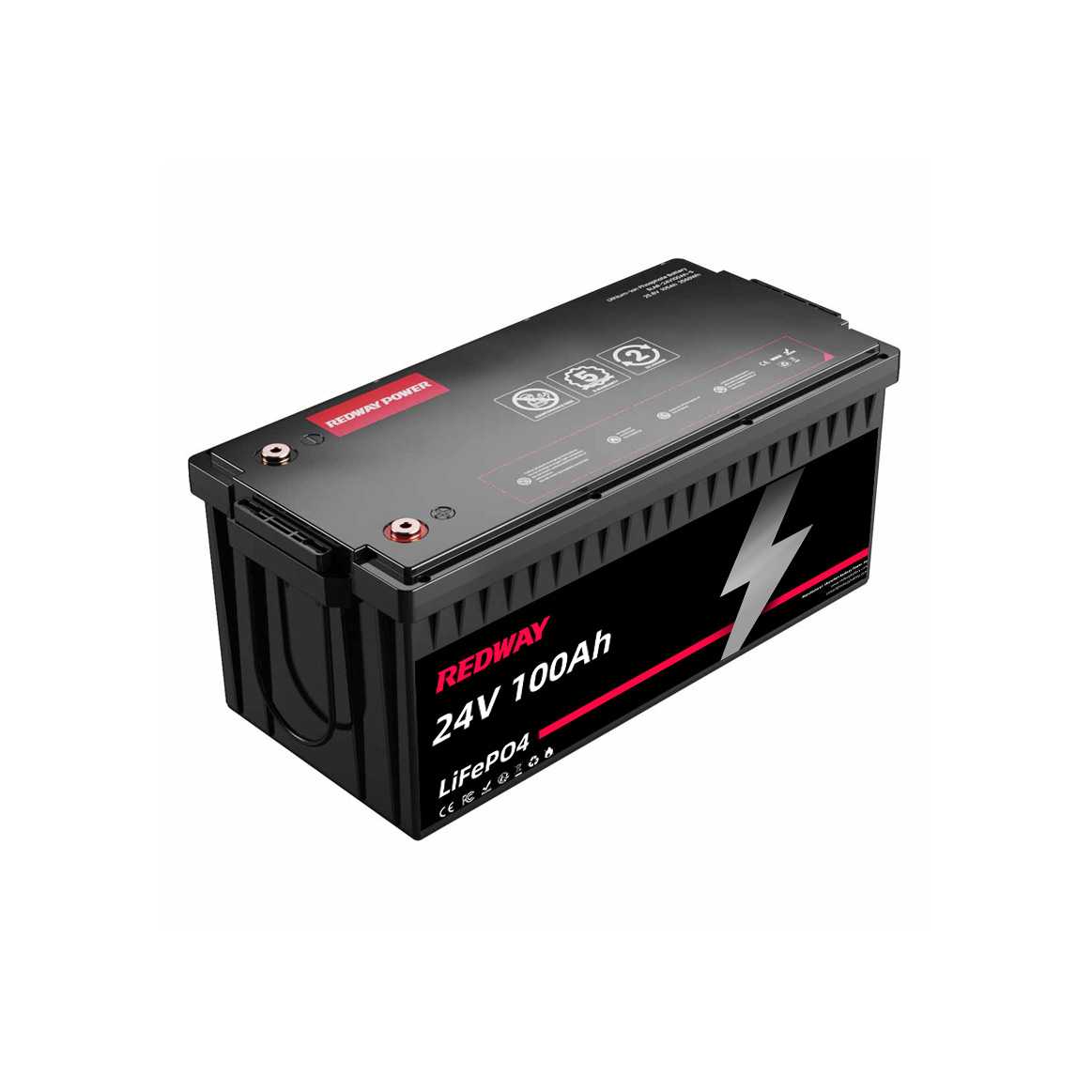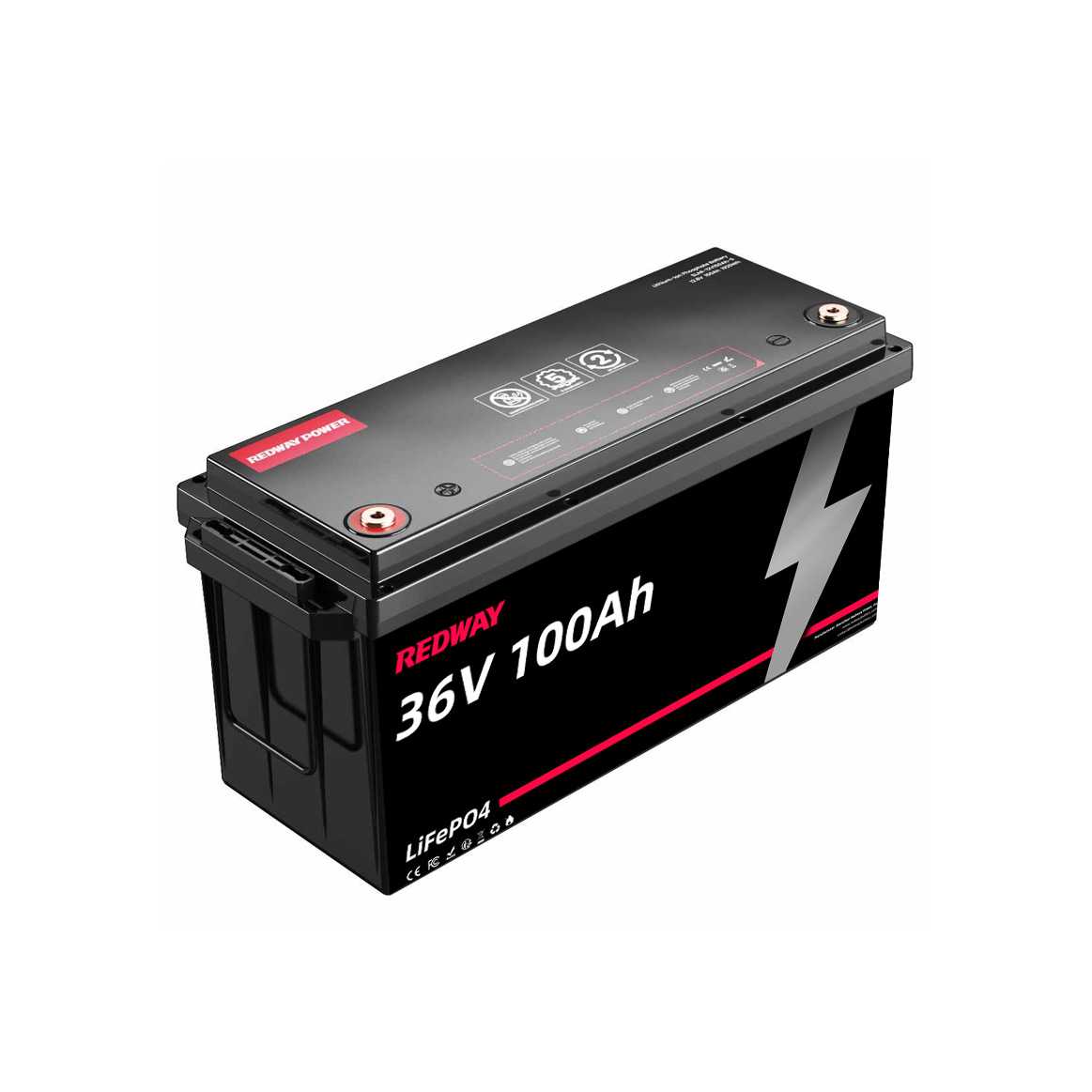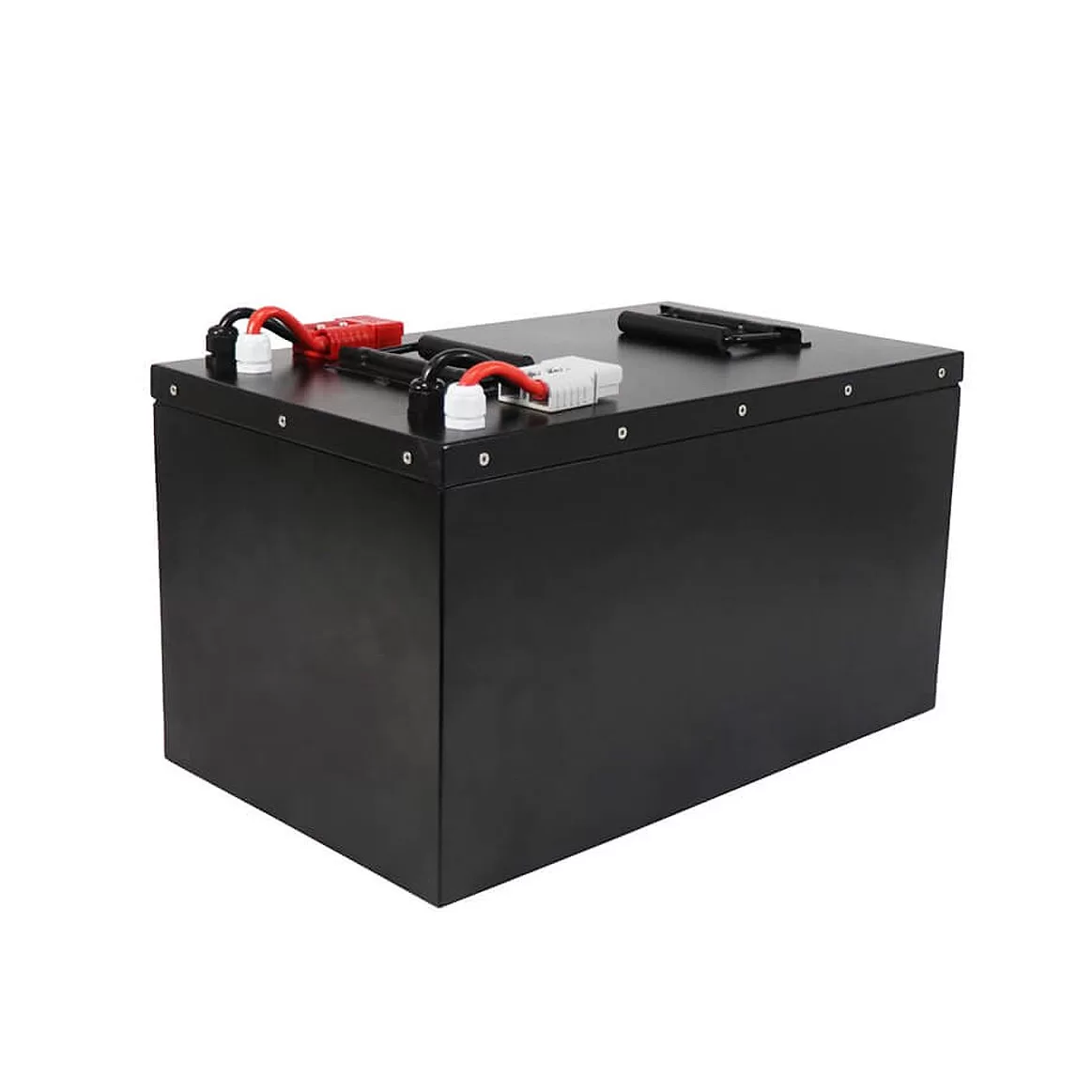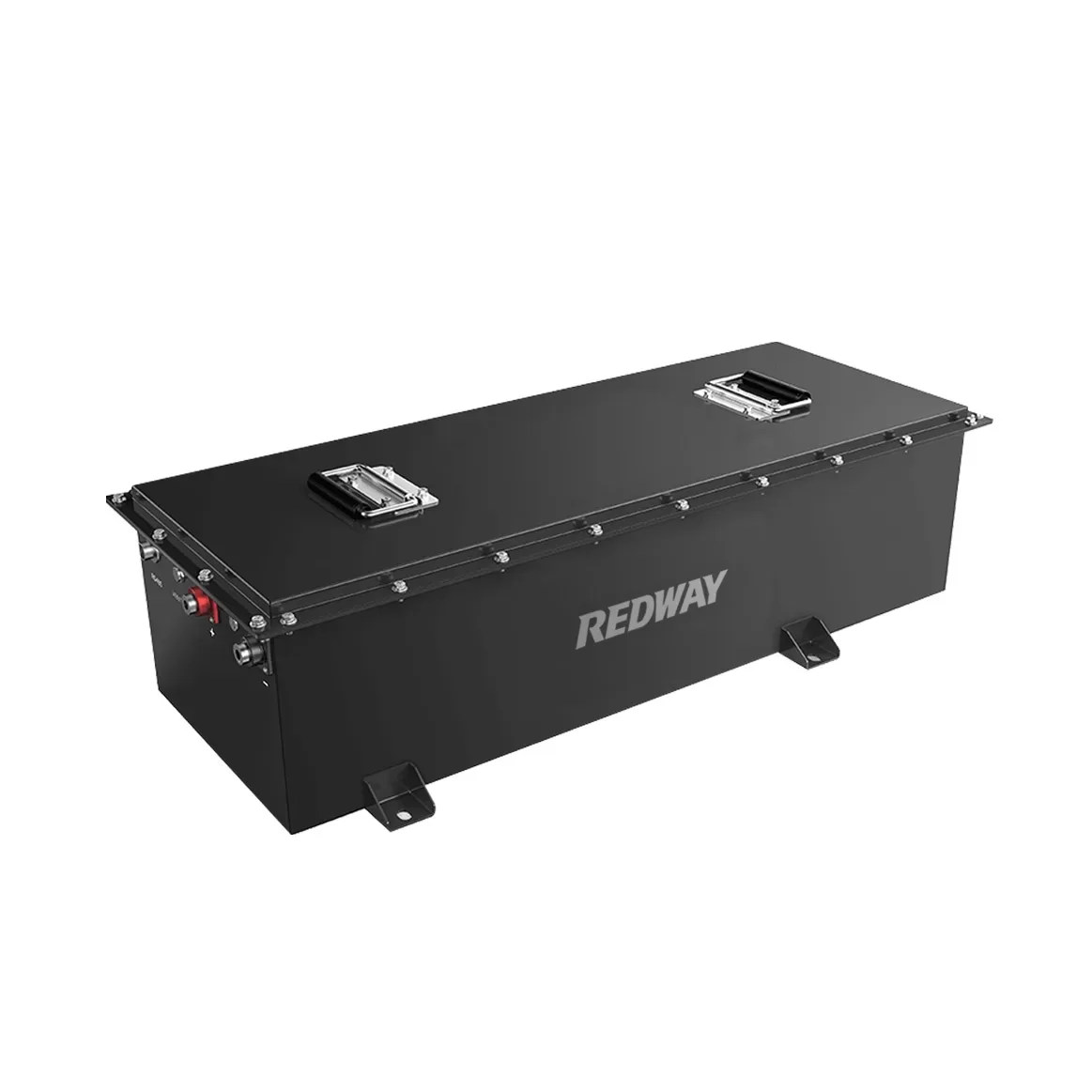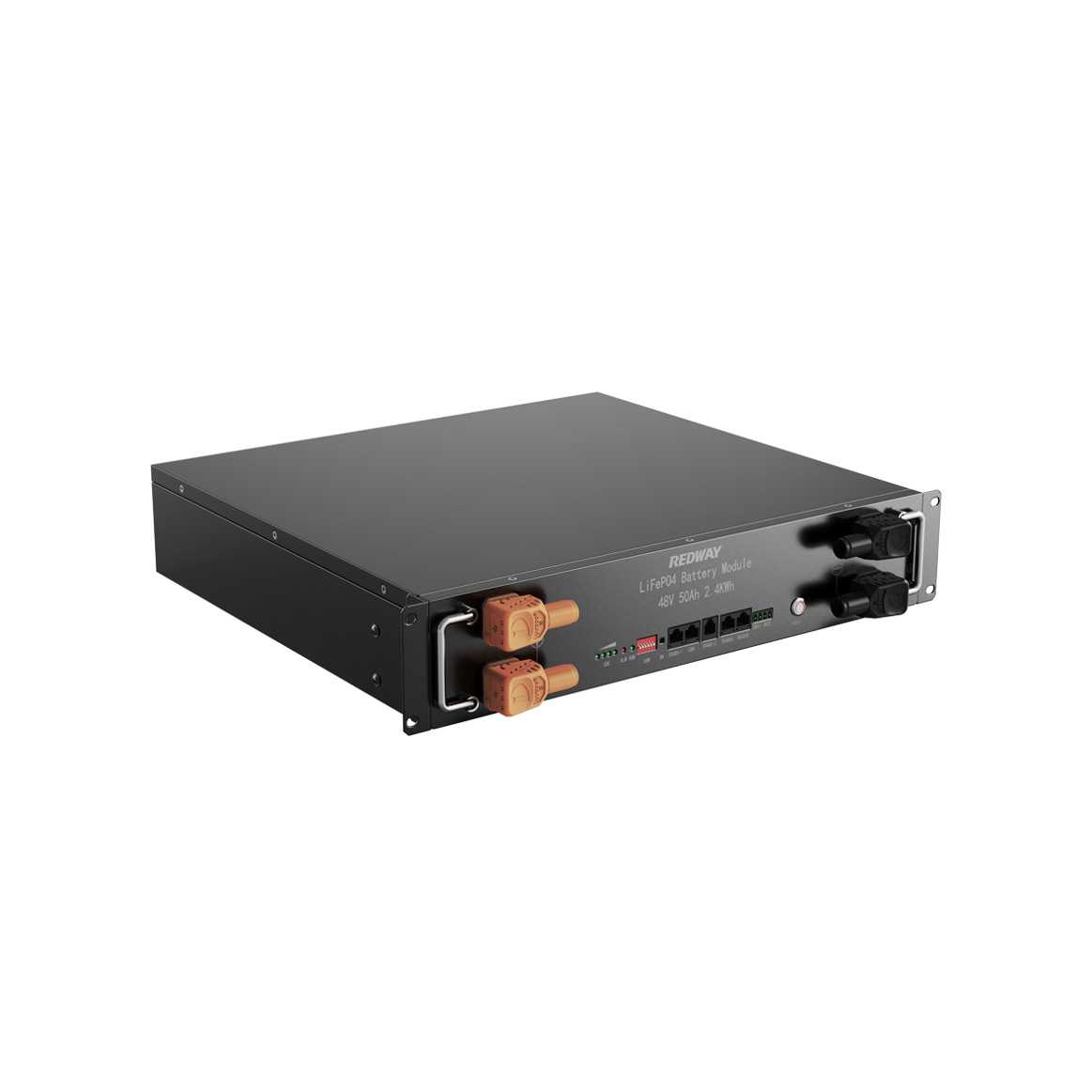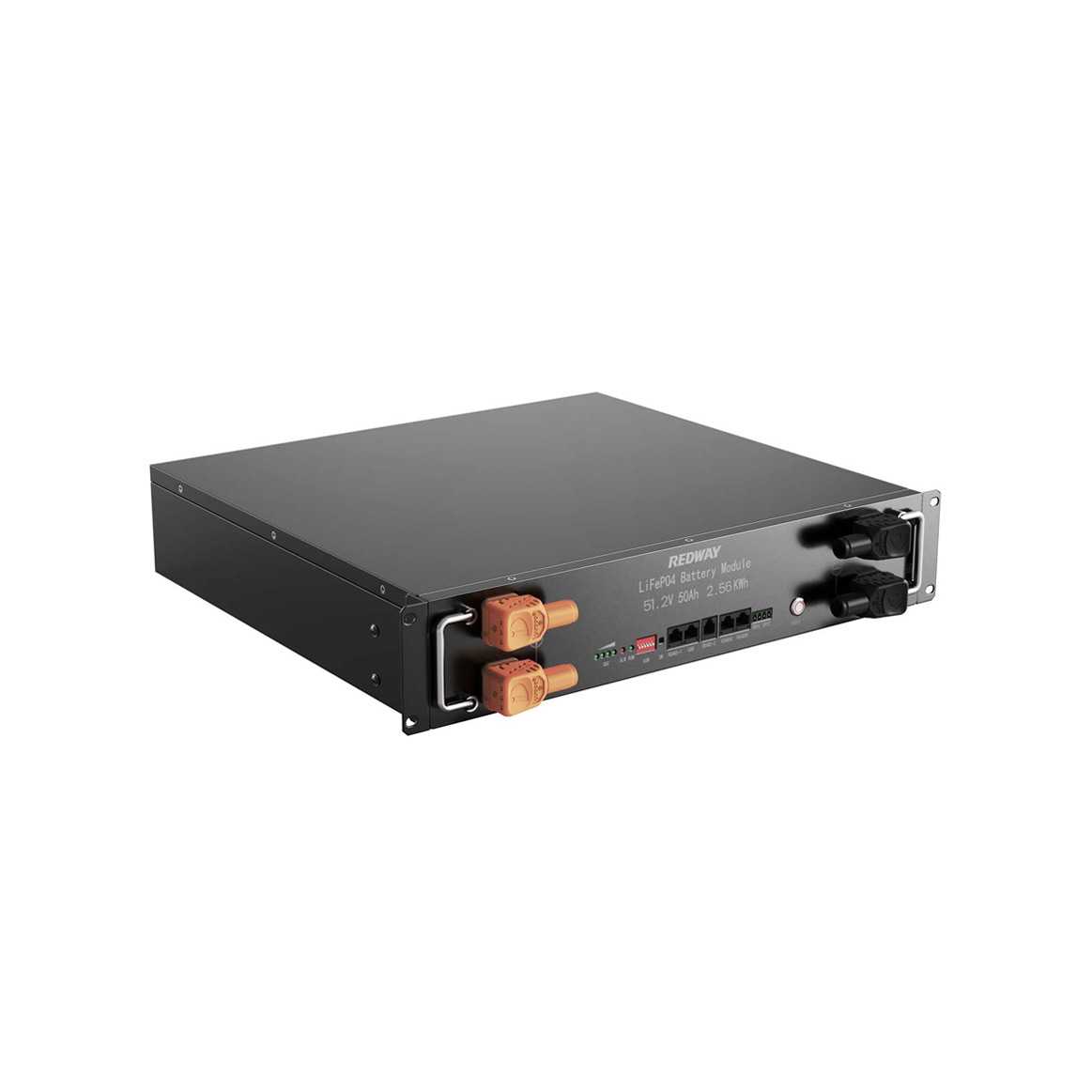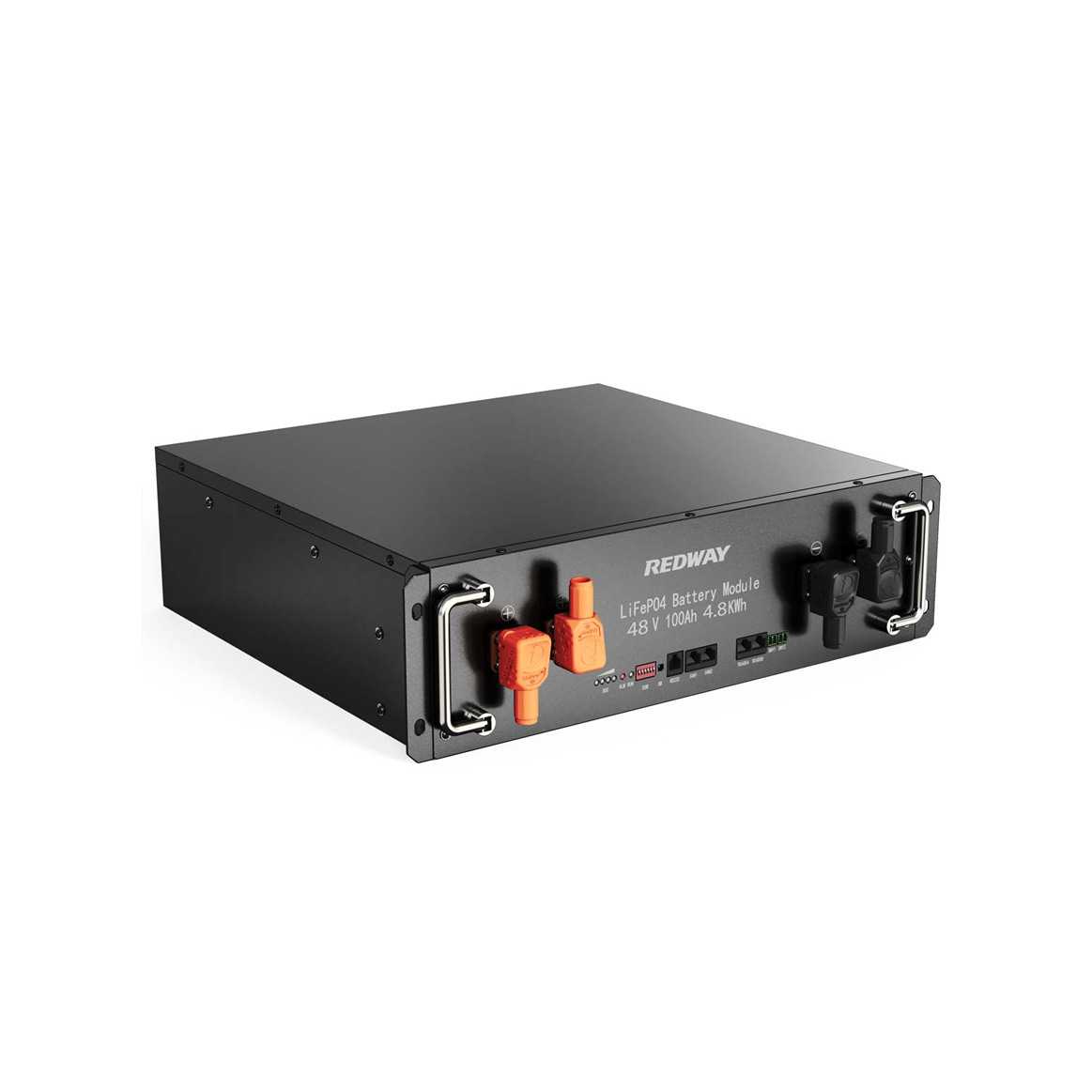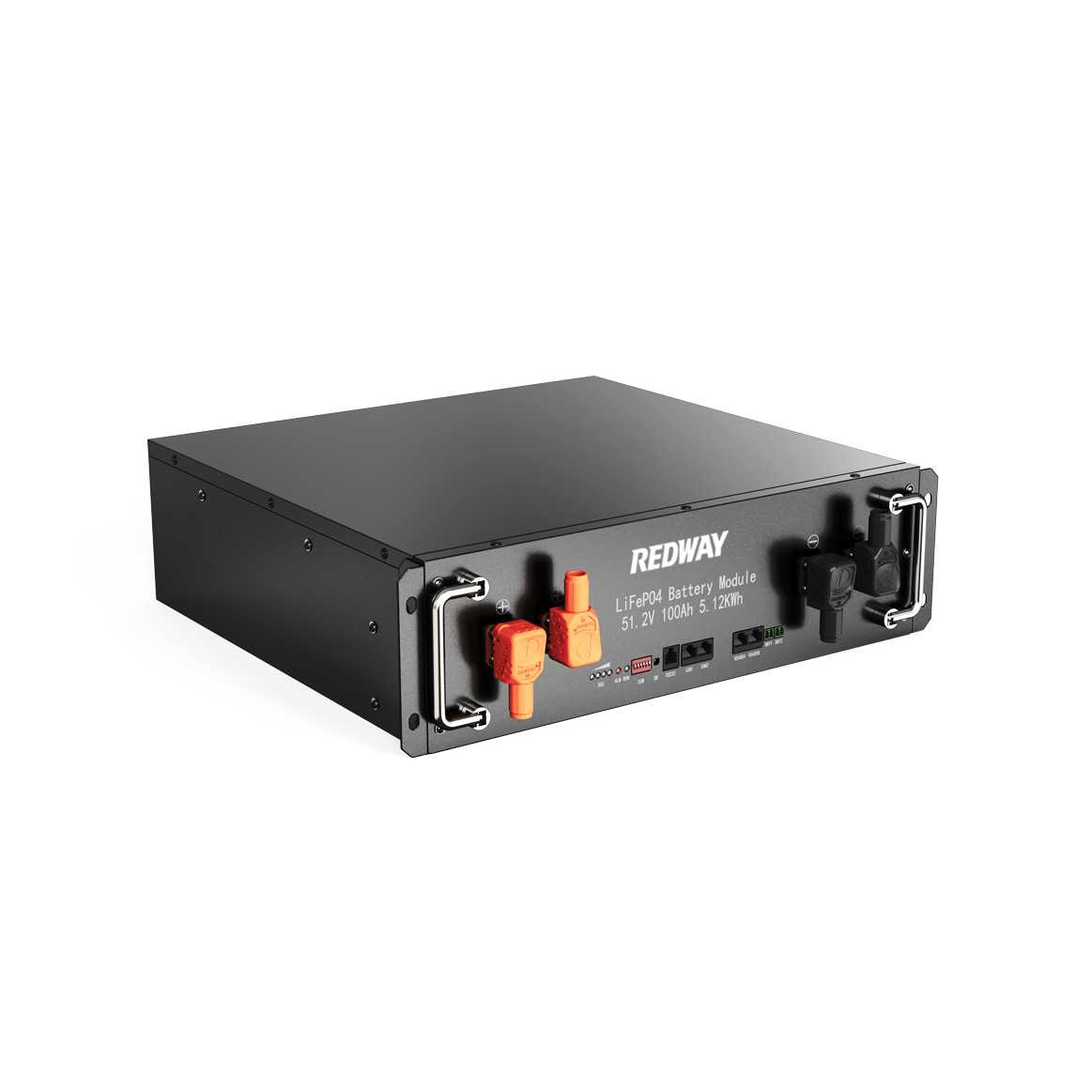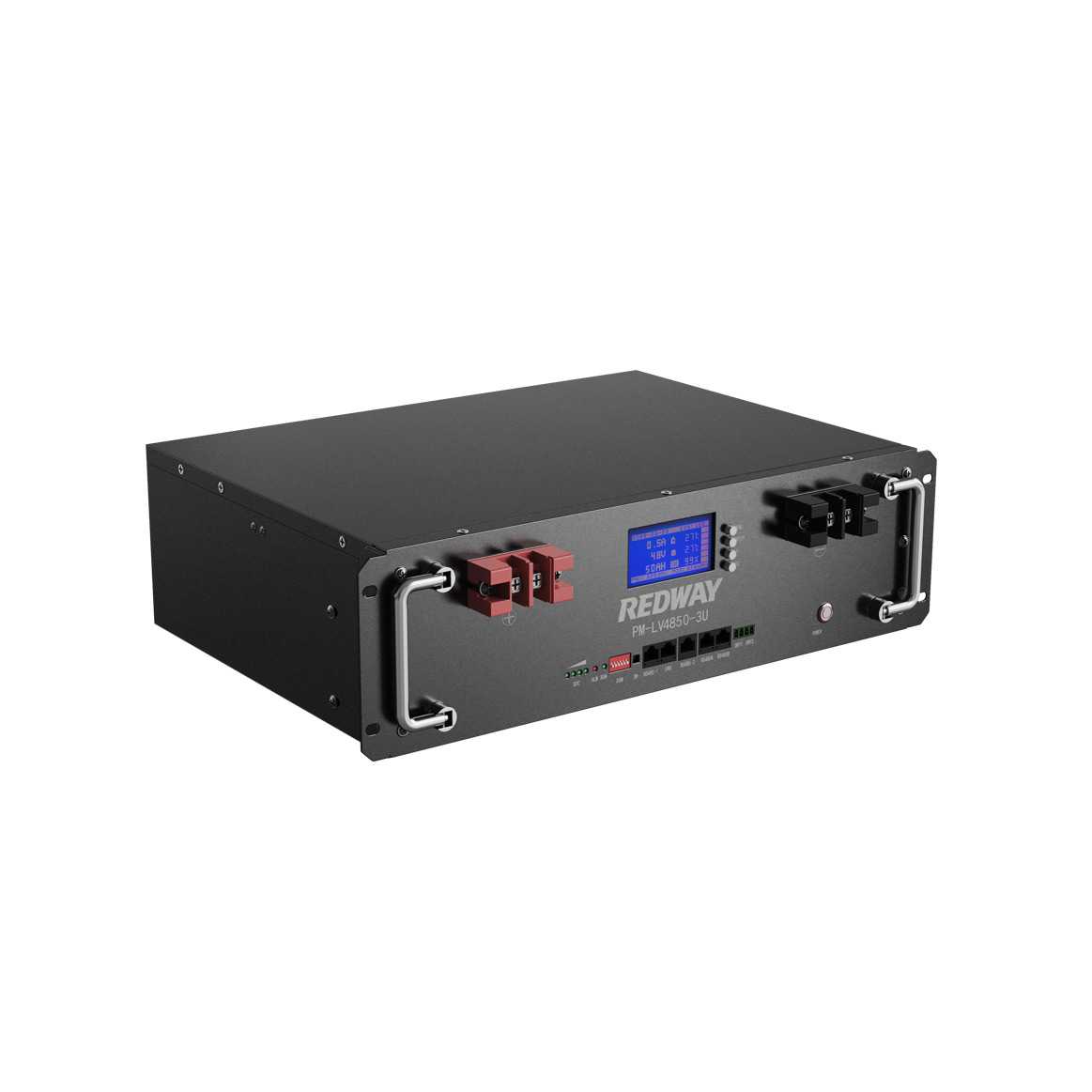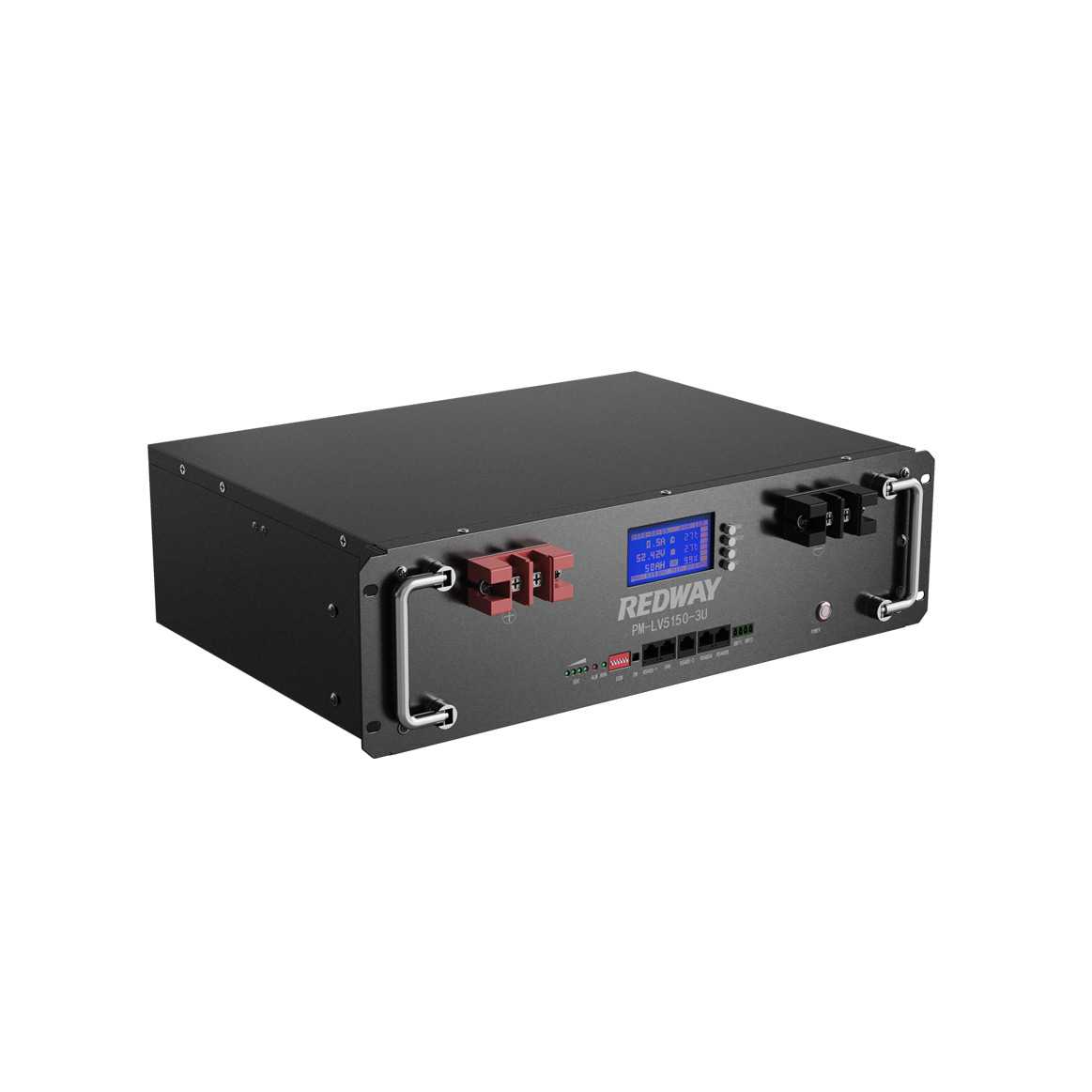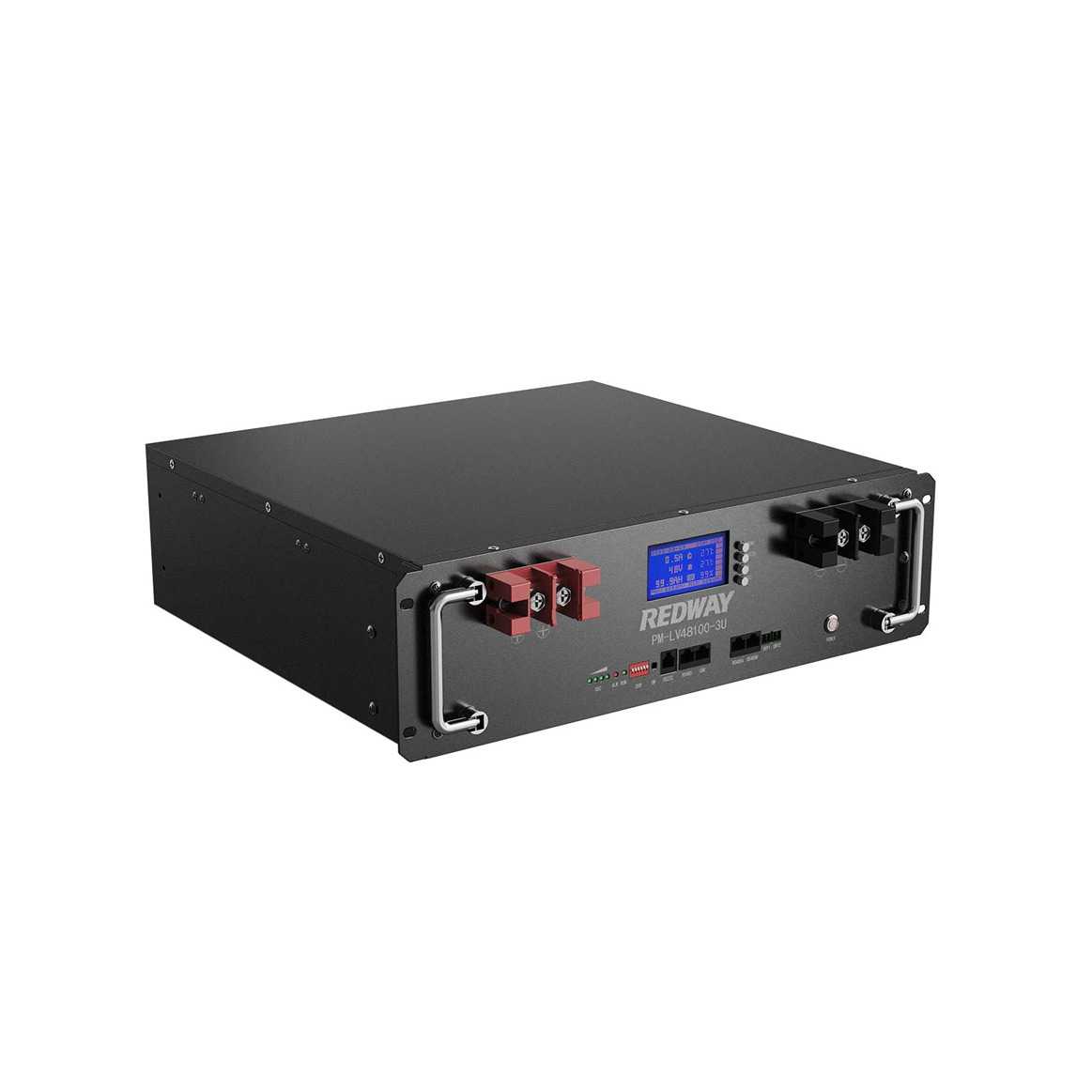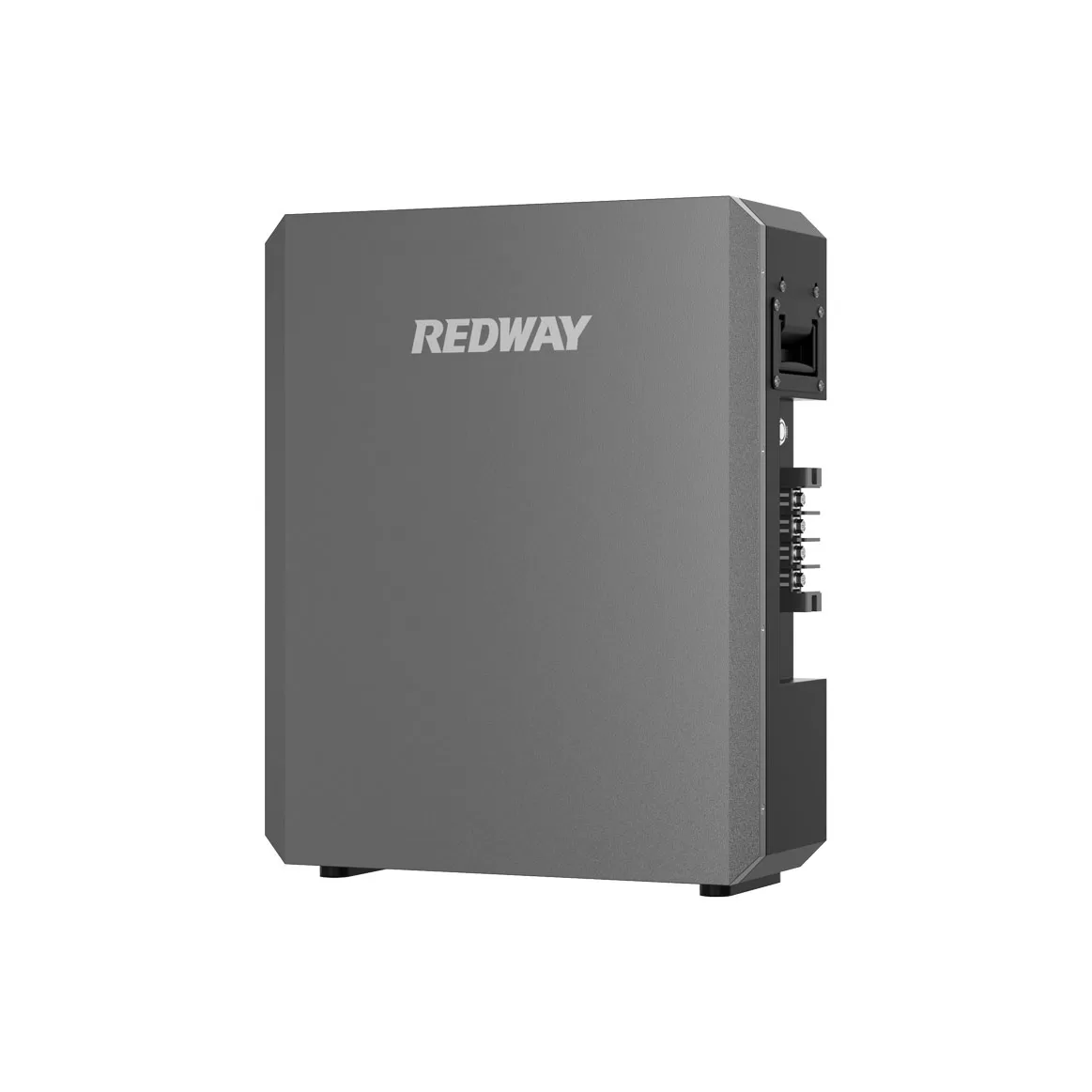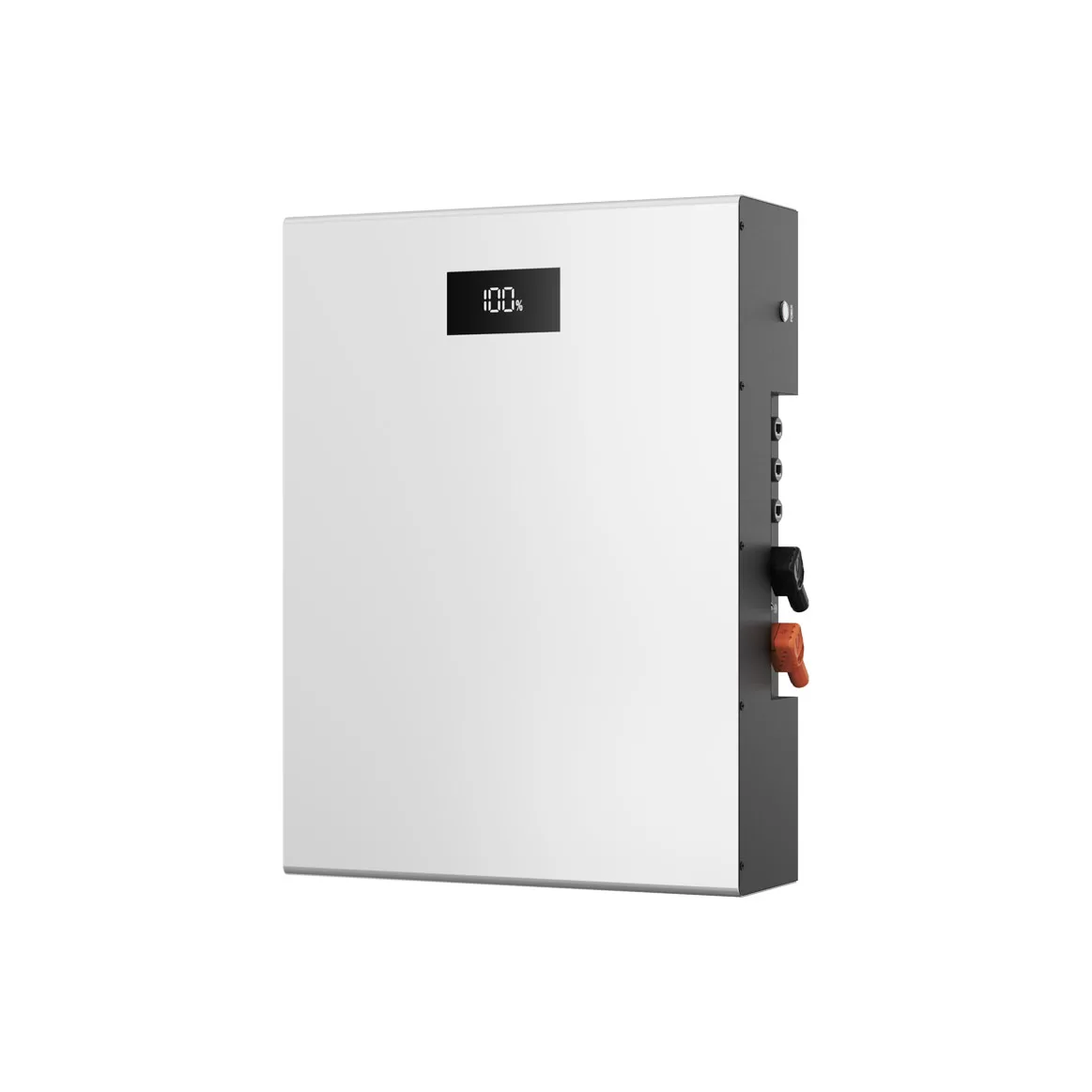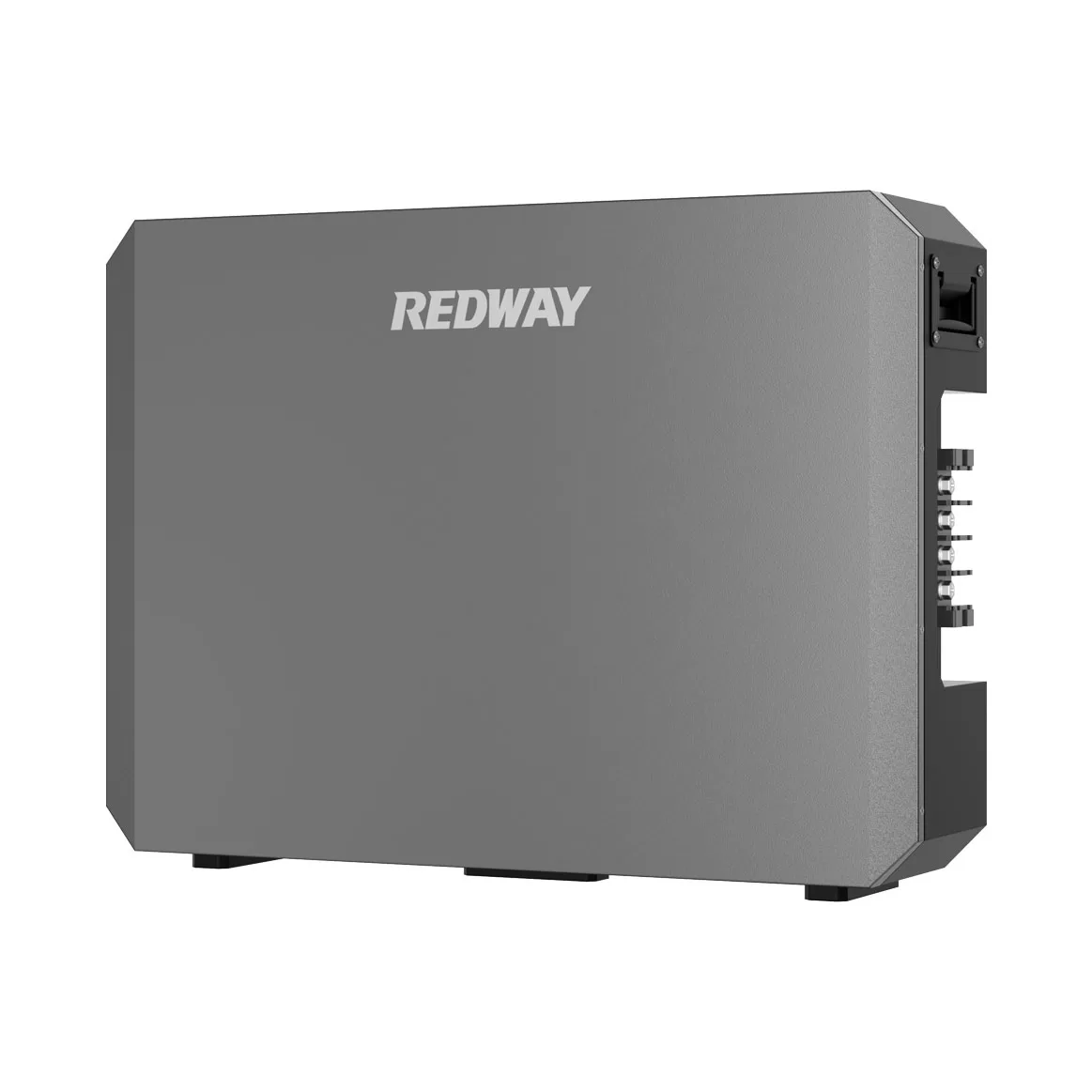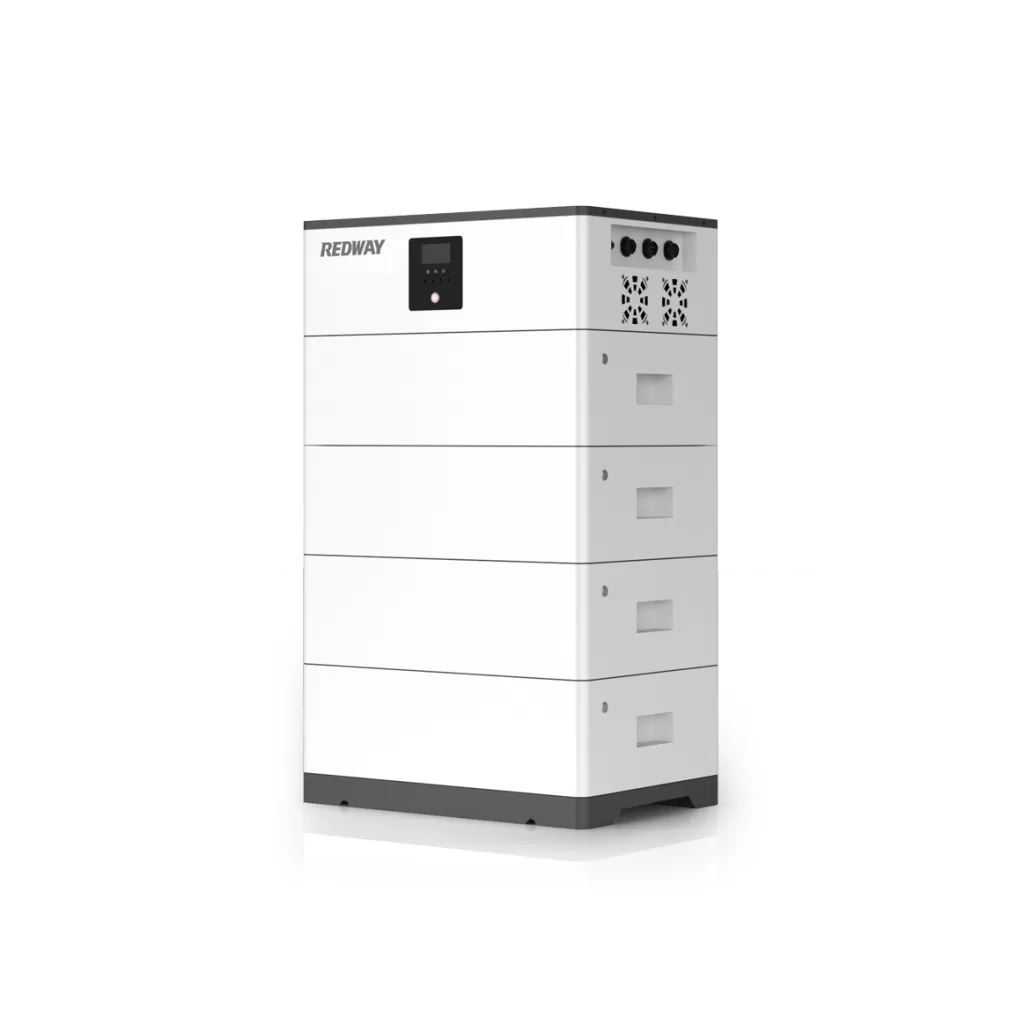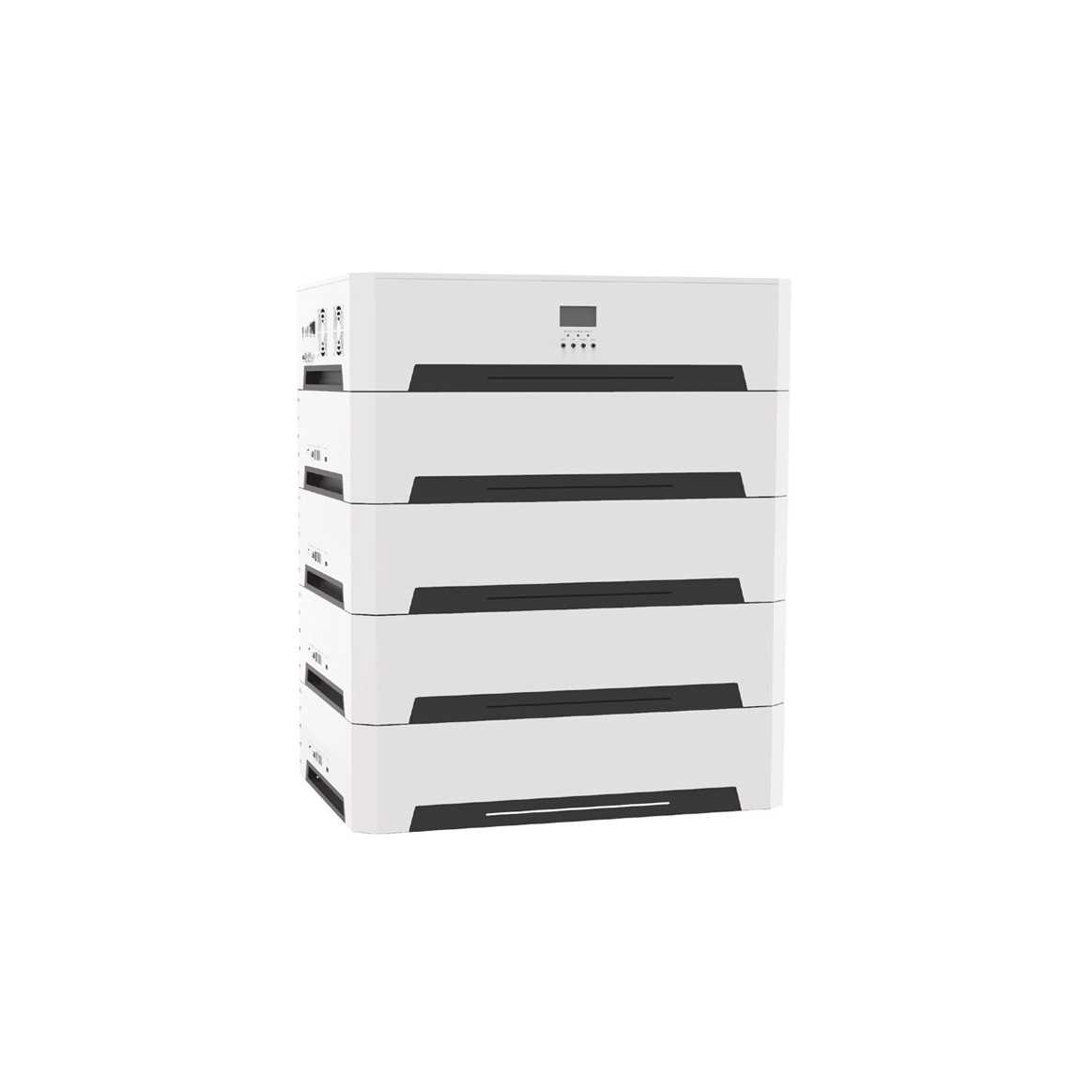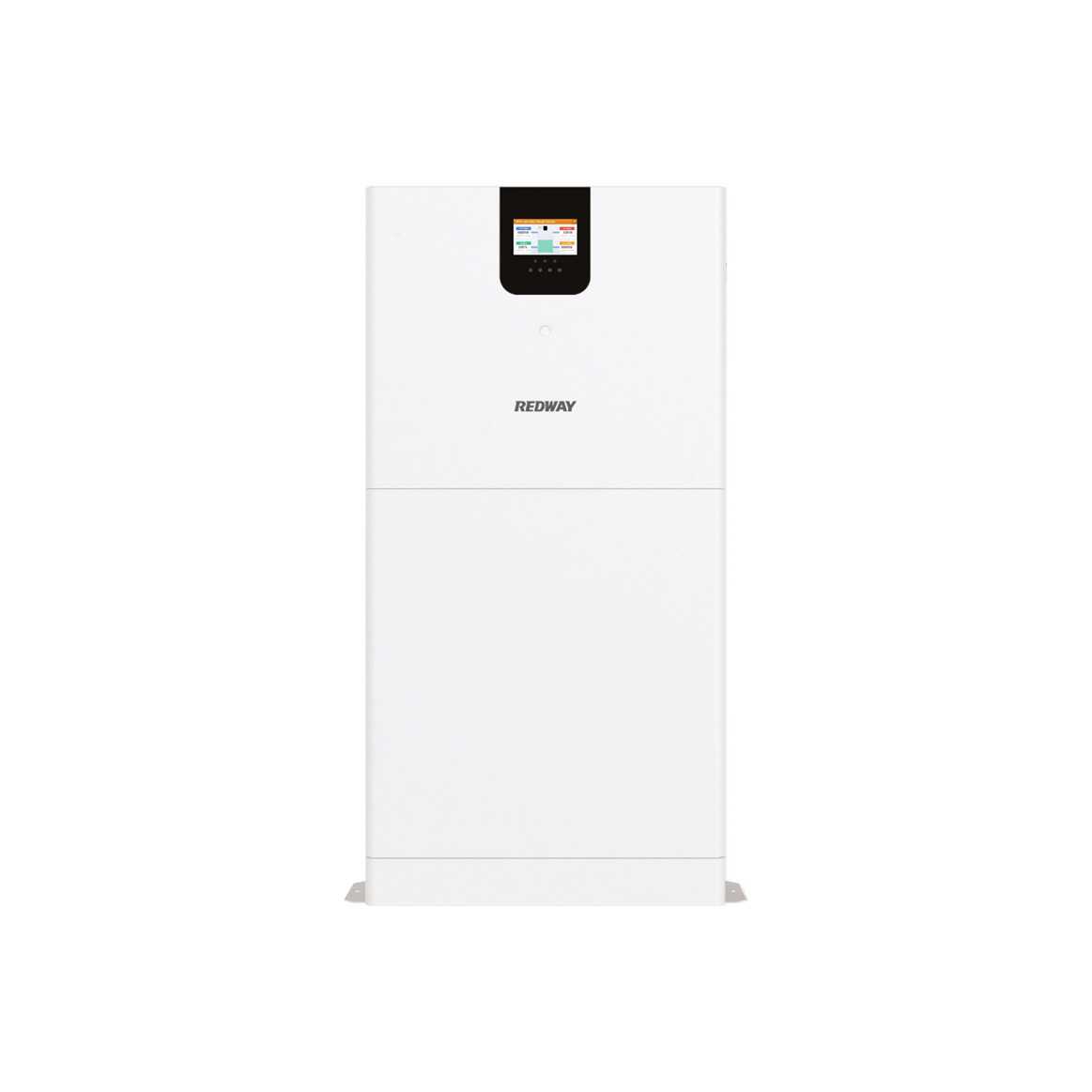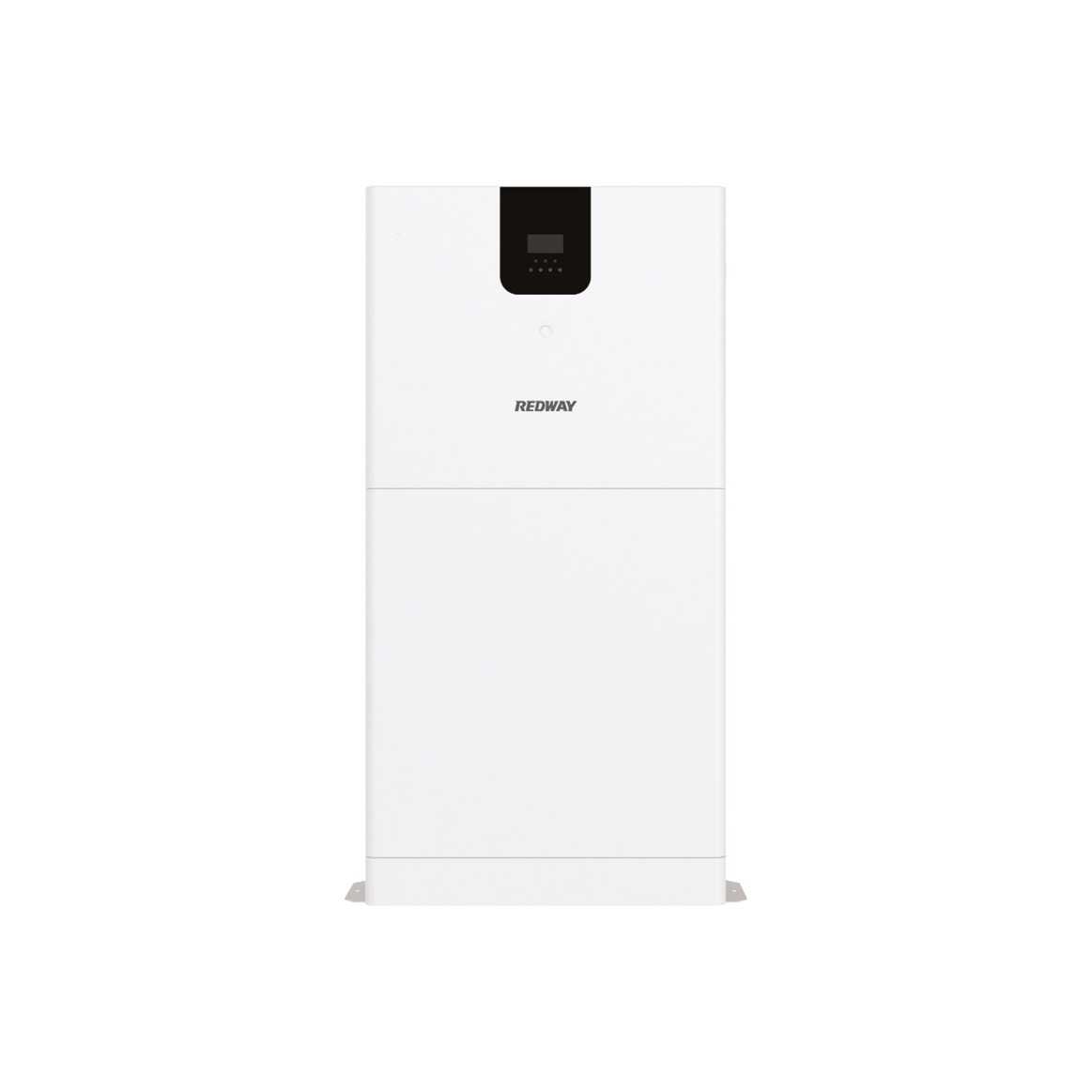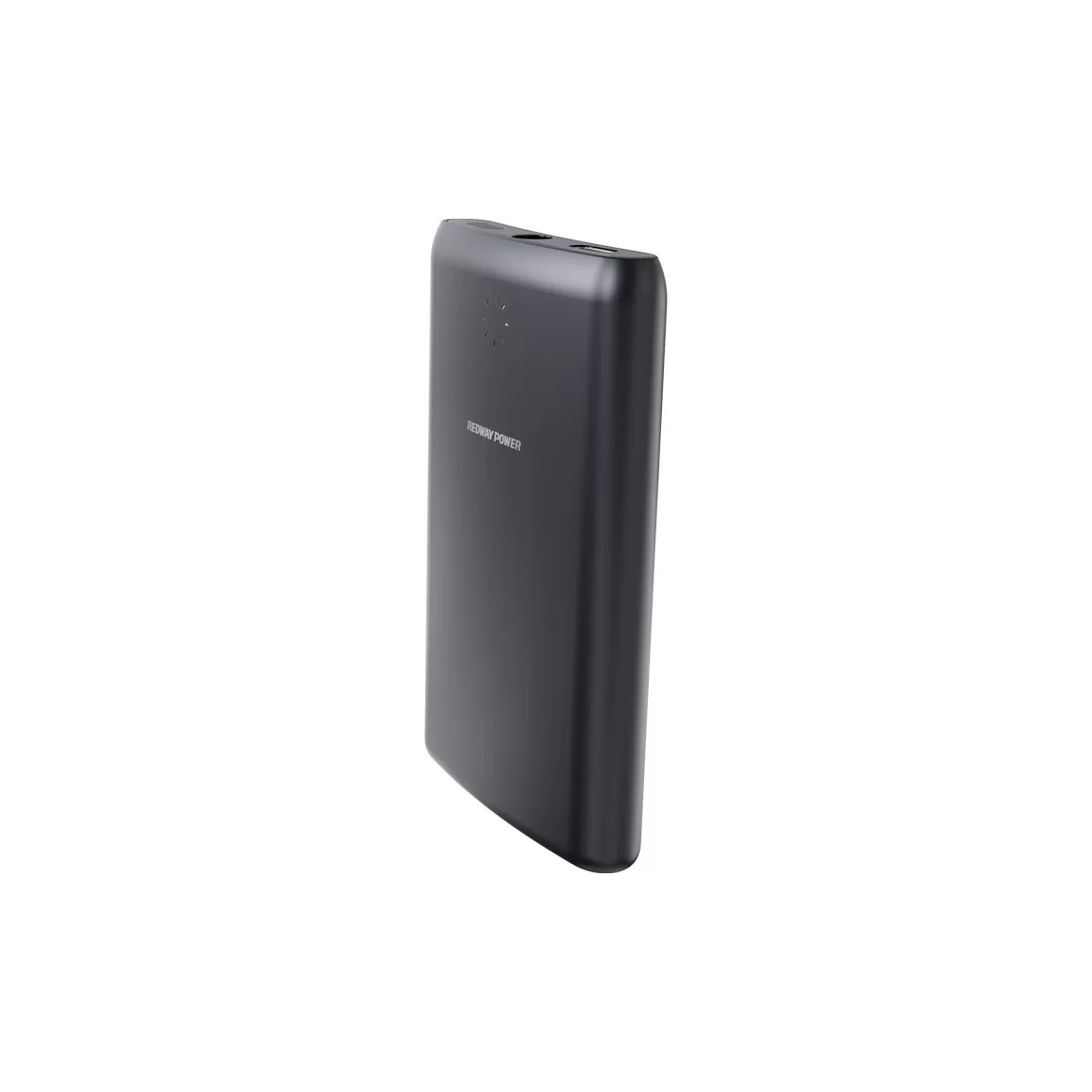¡Bienvenido a nuestra publicación de blog sobre cómo cargar eficientemente sus baterías usando un cargador de baterías de litio solar! En el mundo acelerado de hoy, donde la tecnología es una parte integral de nuestra vida diaria, mantener nuestros dispositivos encendidos es más importante que nunca. Ya sea que esté acampando al aire libre o simplemente buscando una forma ecológica de recargar sus dispositivos, utilizar un cargador de batería de litio solar puede cambiar las reglas del juego. En este artículo, profundizaremos en el fascinante mundo de las baterías de iones de litio y exploraremos los diversos tipos disponibles. También lo guiaremos a través del proceso de carga de estas baterías con un panel solar y discutiremos si es necesario un controlador de carga solar. ¡Así que siéntate, relájate y prepárate para desbloquear el poder de la luz solar mientras nos embarcamos juntos en este viaje esclarecedor!
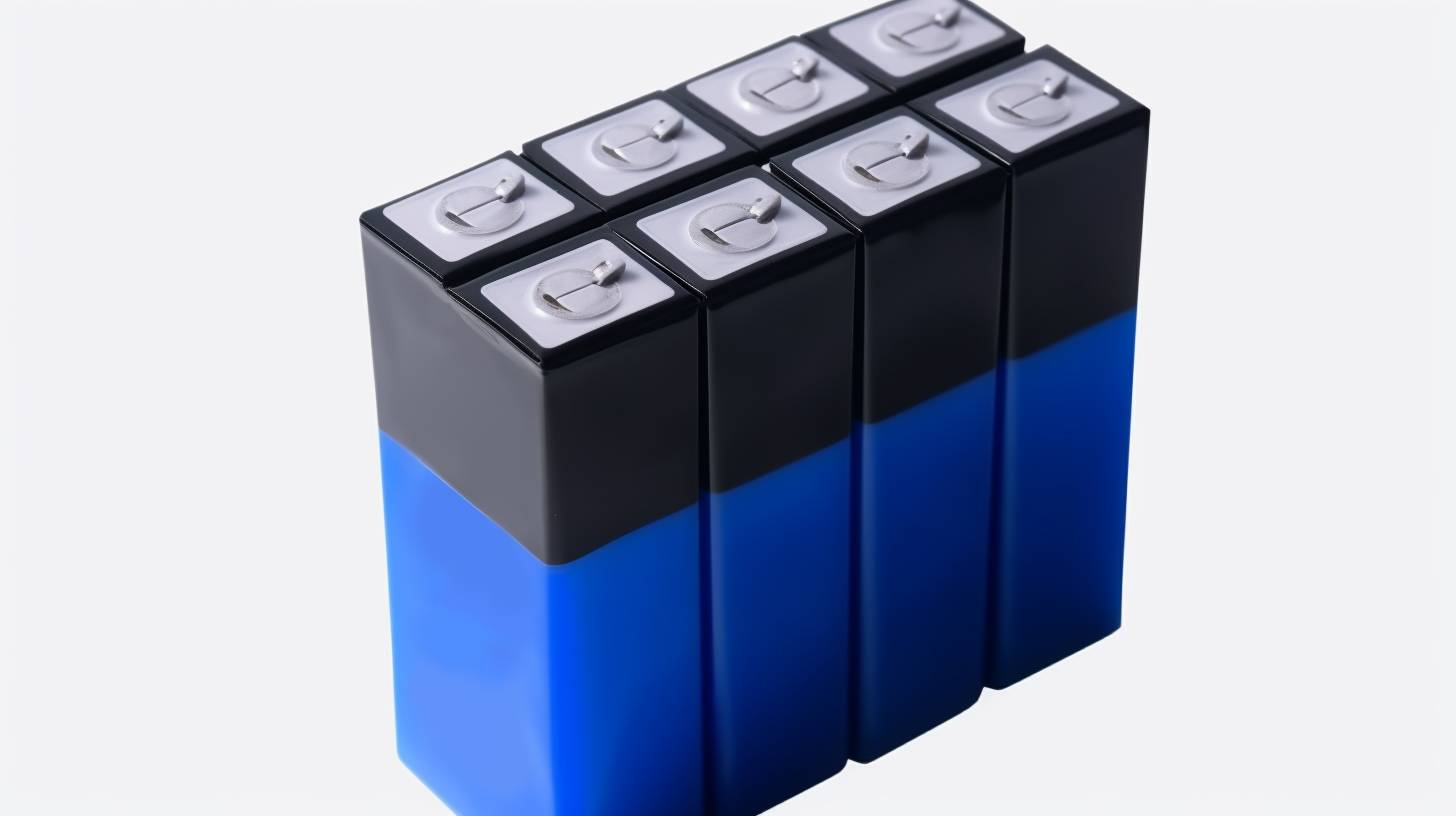
Comprender las baterías de iones de litio
Comprender las baterías de iones de litio
Las baterías de iones de litio se han vuelto cada vez más populares en los últimos años debido a su alta densidad de energía y larga vida útil. Estas baterías se utilizan comúnmente en dispositivos electrónicos portátiles, vehículos eléctricos e incluso sistemas de energía renovable.
Diferentes tipos de baterías de iones de litio
Hay varios tipos diferentes de baterías de iones de litio disponibles en el mercado hoy en día. Los más comunes incluyen óxido de cobalto de litio (LiCoO2), óxido de manganeso de litio (LiMn2O4) y fosfato de hierro y litio (LiFePO4). Cada tipo tiene sus propias características únicas y es adecuado para aplicaciones específicas.
Carga de baterías de iones de litio con un panel solar
Una de las formas más eficientes de cargar una batería de iones de litio es mediante el uso de un panel solar. Los paneles solares convierten la luz solar en electricidad, que luego se puede utilizar para cargar la batería. Sin embargo, no todos los paneles solares son compatibles con la carga de baterías de iones de litio.
¿Qué tipo de panel solar puede cargar una batería de iones de litio?
Para cargar eficazmente una batería de iones de litio utilizando un panel solar, es importante utilizar uno que tenga la salida de voltaje y corriente adecuada. Lo ideal es elegir un panel solar que coincida o supere la tensión nominal de la batería.
Carga de una batería de iones de litio
Cuando se trata de cargar una batería de iones de litio con un panel solar, hay ciertas precauciones que debe tomar. Es crucial seguir cuidadosamente las instrucciones del fabricante y evitar sobrecargar o sobrecargar la batería.
Pasos para cargar una batería de iones de litio
Estos son algunos pasos generales que puede seguir al cargar su batería de iones de litio con un panel solar:
1. Conecte su panel solar a un regulador o controlador de carga adecuado.
2. Conecte el regulador o el controlador de carga a su batería.
3. Asegúrese de que todas las conexiones sean seguras.
4. Coloque su panel solar bajo la luz solar directa para obtener la máxima eficiencia.
5. Supervise el proceso de carga con regularidad y desconéctelo una vez que esté completamente cargado.
¿Necesita un controlador de carga solar para una batería de iones de litio?
En la mayoría de los casos,
Diferentes tipos de baterías de iones de litio
Diferentes tipos de baterías de iones de litio
Las baterías de iones de litio se han vuelto cada vez más populares debido a su alta densidad de energía, mayor vida útil y peso más ligero en comparación con las baterías tradicionales de plomo-ácido. Sin embargo, no todas las baterías de iones de litio son iguales. Hay diferentes tipos de baterías de iones de litio disponibles en el mercado hoy en día.
1. Óxido de litio y cobalto (LiCoO2): Este es uno de los tipos más comunes de baterías de iones de litio que se utilizan en dispositivos electrónicos portátiles como teléfonos inteligentes y computadoras portátiles. Ofrece una alta densidad de energía, pero tiene una capacidad limitada para carga y descarga rápidas.
2. Fosfato de hierro y litio (LiFePO4): Estas baterías son conocidas por su seguridad y larga vida útil. Tienen una densidad de energía más baja en comparación con las baterías de LiCoO2, pero pueden manejar corrientes de descarga más altas.
3. Óxido de litio, níquel, manganeso y cobalto (NMC): Las baterías NMC ofrecen un equilibrio entre la potencia de salida, la capacidad de almacenamiento de energía y la vida útil. Se utilizan comúnmente en vehículos eléctricos, ya que proporcionan un buen rendimiento y estabilidad térmica.
4. Titanato de litio (Li4Ti5O12): Estas baterías tienen una excelente eficiencia de carga y descarga, un ciclo de vida extremadamente largo y pueden funcionar eficazmente a temperaturas extremas.
Cada tipo de batería de iones de litio tiene sus propias características únicas que las hacen adecuadas para diferentes aplicaciones que van desde la electrónica de consumo hasta los sistemas de almacenamiento de energía renovable o los vehículos eléctricos.
Carga de baterías de iones de litio con un panel solar
Carga de baterías de iones de litio con un panel solar
El uso de energía solar para cargar sus baterías de iones de litio no solo es respetuoso con el medio ambiente, sino también rentable. El proceso consiste en aprovechar la energía del sol y convertirla en energía eléctrica para cargar las baterías.
Para empezar, necesitarás un panel solar capaz de cargar baterías de iones de litio. Hay varios tipos disponibles, que van desde pequeños paneles portátiles hasta instalaciones más grandes para uso residencial o comercial. Es importante elegir un panel que coincida con los requisitos de voltaje y capacidad de su batería específica.
Una vez que tenga el panel solar adecuado, cargar su batería de iones de litio es relativamente sencillo. Conecte el terminal positivo (+) del panel solar al terminal positivo (+) de la batería y, de manera similar, conecte los terminales negativos (-) entre sí.
Antes de comenzar el proceso de carga, asegúrese de que haya suficiente luz solar sobre el panel solar para una carga eficiente. Además, asegúrese de que ambos extremos estén bien conectados para evitar interrupciones durante la carga.
Se recomienda seguir ciertos pasos mientras carga su batería de iones de litio con un panel solar. Compruebe si hay alguna obstrucción que impida que la luz solar llegue al panel. Monitoree las condiciones climáticas, ya que los cielos nublados pueden afectar la eficiencia de carga. Deje suficiente tiempo para la carga completa, ya que esto puede variar dependiendo de factores como la capacidad de la batería y la disponibilidad de luz solar.
Al utilizar un sistema solar de cargador de baterías de litio, puede disfrutar de varias ventajas, como la reducción de los costos de electricidad y la disminución de la dependencia de los combustibles fósiles. Además, el uso de fuentes de energía renovables ayuda a reducir las emisiones de carbono y contribuye a crear un futuro sostenible.
Para cargar eficientemente sus baterías utilizando un sistema solar de cargador de baterías de litio:
– Optimice el posicionamiento de sus paneles solares para obtener la máxima exposición.
– Manténgalos limpios y libres de escombros o polvo.
– Utilice un controlador de carga adecuado compatible con baterías de iones de litio.
– Supervise regularmente su rendimiento y asegure un mantenimiento adecuado.
In conclusion,
charging lithium ion batteries with a solar panel offers numerous benefits including environmental sustainability and cost savings. By understanding the different types of lithium ion batteries, choosing the
What Type of Solar Panel can Charge a Lithium Ion Battery?
When it comes to charging a lithium ion battery with a solar panel, choosing the right type of solar panel is crucial. Not all solar panels are created equal, and some may not be compatible with charging lithium ion batteries efficiently.
One important factor to consider is the power output of the solar panel. Lithium ion batteries typically require a certain voltage and current for optimal charging. It’s recommended to use a solar panel that provides enough power to meet these requirements.
Another consideration is the size and portability of the solar panel. If you’re planning on using your lithium battery charger on-the-go or in remote locations, you’ll want a portable and lightweight option that can easily be carried around.
Additionally, it’s important to choose a solar panel with good efficiency ratings. Higher efficiency means more sunlight will be converted into usable energy, resulting in faster and more efficient charging of your lithium ion battery.
Look for features such as built-in charge controllers or regulators. These help protect your battery from overcharging or undercharging by regulating the flow of electricity from the solar panel.
By selecting the right type of solar panel for your specific needs, you can ensure efficient and reliable charging for your lithium ion batteries while harnessing renewable energy from the sun.
Charging a Lithium Ion Battery
Charging a Lithium Ion Battery
When it comes to charging a lithium ion battery, there are a few key steps you need to follow. First and foremost, you’ll want to make sure you have the right equipment on hand. A lithium battery charger solar is an ideal choice for efficiently charging your batteries using renewable energy.
To begin the charging process, connect your solar panel to the lithium battery charger. It’s important to ensure that the solar panel you choose is compatible with lithium ion batteries. Look for panels specifically designed for this purpose, as they will provide optimal performance.
Once connected, simply position your solar panel in direct sunlight. This will allow it to harness the sun’s energy and convert it into electricity that can charge your batteries. Keep in mind that positioning the panel at an angle towards the sun will maximize its efficiency.
Now comes the fun part – watching your battery charge! Depending on various factors such as sunlight intensity and battery capacity, it may take several hours or even days for a full charge. Patience is key here!
During this time, be sure not to disconnect or interrupt the charging process unless absolutely necessary. Doing so could disrupt the flow of energy and potentially damage both your solar panel and battery.
By using a lithium battery charger solar system, you can enjoy several advantages over traditional methods of charging. Not only do these chargers harness clean and renewable energy from the sun, but they also eliminate reliance on electrical outlets or generators.
Furthermore, utilizing a solar-powered charger helps reduce carbon emissions associated with conventional power sources like coal or gas-fired electricity grids. So not only are you saving money in long-term electricity costs but also contributing towards sustainable practices.
In conclusion (as per instruction), by following these simple steps and investing in a high-quality lithium battery charger solar system,
you can efficiently charge your batteries while minimizing environmental impact.
Remember: Harnessing nature’s power through clean energy sources is always a win-win situation!
Steps to Charge a Lithium Ion Battery
Steps to Charge a Lithium Ion Battery
Charging a lithium ion battery using solar power is not as complicated as it may sound. In fact, it can be quite straightforward if you follow the right steps. Here are some simple guidelines to efficiently charge your lithium ion batteries using a solar panel.
Ensure that your solar panel is receiving an adequate amount of sunlight. Ideally, place it in direct sunlight during peak hours for maximum efficiency. This will help generate enough energy to charge your batteries effectively.
Next, connect the positive and negative terminals of the solar panel to the corresponding terminals on the lithium ion battery charger. Make sure the connections are secure and tight to avoid any interruptions during charging.
Once everything is properly connected, turn on the switch or button on your charger to start the charging process. Keep an eye on the LED indicators or display screen of your charger to monitor its progress and ensure that it is functioning correctly.
It’s important to note that charging times may vary depending on factors such as weather conditions and battery capacity. Be patient and allow sufficient time for complete charging.
After the battery has been fully charged, disconnect all connections from both ends carefully. Ensure that you remove them gently but firmly without causing any damage or short circuits.
Remember, safety should always be a priority when dealing with electricity and batteries. Follow these steps diligently while keeping in mind any specific instructions provided by manufacturers for your particular charger model.
By following these simple steps, you can efficiently charge your lithium ion batteries using a solar panel setup!
Do You Need a Solar Charge Controller for a Lithium Ion Battery?
Do You Need a Solar Charge Controller for a Lithium Ion Battery?
When it comes to charging your lithium ion battery using solar power, you might be wondering if you need a solar charge controller. The answer is yes! A solar charge controller plays an important role in ensuring that your battery receives the right amount of charge and prevents overcharging.
A solar charge controller acts as a regulator between the solar panel and the battery. It helps maintain the proper voltage levels during charging and prevents damage caused by overcharging or undercharging. With its built-in intelligence, it monitors and adjusts the charging process to maximize efficiency.
Without a solar charge controller, there is a risk of damaging your lithium ion battery due to inconsistent or excessive charging currents. Over time, this can lead to reduced capacity and shorter lifespan of your batteries.
Investing in a high-quality solar charge controller specifically designed for use with lithium ion batteries is essential for optimal performance and longevity. It will ensure that your batteries are charged efficiently while protecting them from potential harm caused by improper charging.
Remember, when it comes to powering your devices with renewable energy sources like solar power, don’t overlook the importance of including a reliable solar charge controller in your setup.
Advantages of Using a Lithium Battery Charger Solar
Advantages of Using a Lithium Battery Charger Solar
Using a lithium battery charger solar offers several advantages compared to traditional charging methods. First and foremost, it harnesses the power of the sun, which is an abundant and renewable energy source. This means that you can charge your batteries without relying on electricity from the grid or burning fossil fuels.
Another advantage is that solar chargers are portable and versatile. You can easily take them with you on camping trips, outdoor adventures, or even use them during power outages. They provide a convenient way to keep your devices powered up wherever you go.
Furthermore, lithium battery chargers solar are environmentally friendly. By using clean energy from the sun, they help reduce greenhouse gas emissions and minimize your carbon footprint. This makes them a more sustainable choice for powering your electronic devices.
In addition to being eco-friendly, solar chargers also save you money in the long run. Once you invest in a quality charger, sunlight becomes essentially free fuel for charging your batteries. You won’t have to worry about rising electricity costs or spending money on disposable batteries anymore.
Using a lithium battery charger solar promotes energy independence. With this technology at hand, you become less reliant on external sources of power and gain more control over how and when you charge your batteries.
To fully enjoy these advantages and maximize efficiency while using a lithium battery charger solar, there are some tips worth considering (which we’ll discuss later). With proper usage techniques in place, you can ensure that every bit of sunlight translates into optimal charging performance for your batteries!
Tips for Efficiently Charging Your Batteries
When it comes to efficiently charging your batteries using a lithium battery charger solar, there are a few tips that can help maximize the performance and lifespan of your batteries. Here are some important points to keep in mind:
1. Optimize Solar Panel Placement: Ensure that your solar panel is positioned in an area where it receives maximum sunlight throughout the day. This will ensure optimal charging efficiency.
2. Use the Right Charger: Make sure you have a lithium-specific battery charger designed for solar charging. Using the wrong charger can result in undercharging or overcharging, which can damage your batteries.
3. Monitor Charging Levels: Keep an eye on the charge levels of your batteries while they are being charged. Most lithium ion chargers have indicators or displays that show the progress of charging.
4. Avoid Overdischarging: Lithium ion batteries perform best when they are not fully discharged before recharging them. Try to recharge them once they reach around 20-30% capacity remaining to prolong their overall lifespan.
5. Disconnect Unused Devices: If you have multiple devices connected to your battery bank, disconnect any unused devices during solar charging to minimize power loss and improve overall efficiency.
6. Regular Maintenance: Clean and inspect both your solar panel and battery connections regularly to ensure optimum performance and prevent any potential issues from arising.
By following these simple tips, you can efficiently charge your batteries using a lithium battery charger solar and enjoy longer-lasting power for all your portable electronic devices!
Conclusion
Conclusion
Efficiently charging your batteries using a lithium battery charger solar is a smart and sustainable choice. By harnessing the power of the sun, you can ensure that your lithium ion batteries are always ready to go, whether you’re out on an adventure or simply looking to be more self-sufficient.
Throughout this article, we’ve explored the different types of lithium ion batteries and how they can be charged with a solar panel. We’ve also discussed the importance of using a compatible solar panel and following proper steps for charging.
While it may not always be necessary, using a solar charge controller can provide added protection and optimize the charging process for your lithium ion battery. It’s worth considering if you want additional peace of mind.
The advantages of utilizing a lithium battery charger solar are abundant. Not only will it save you money in the long run by reducing electricity costs, but it also reduces carbon emissions and helps protect our environment. Plus, with advancements in technology, these chargers have become more efficient than ever before.
To efficiently charge your batteries using a lithium battery charger solar, remember these tips: position your solar panel properly to maximize sunlight exposure; use appropriate cables and connectors; monitor charging levels regularly; avoid overcharging or discharging too much; store and maintain your batteries correctly.
In conclusion (without writing “in conclusion”), embracing renewable energy sources like solar power is not only beneficial for our planet but also practical for everyday use. With a little knowledge about lithium ion batteries and their optimal charging methods, you’ll be well-equipped to make the most out of your portable power supply while minimizing environmental impact.
So why wait? Start exploring the world powered by clean energy today!
Related Posts
- ¿Cuál es el proceso de producción de baterías de fosfato de hierro y litio?
- ¿Cómo se desechan las baterías de litio? Degradación y reciclaje
- Cómo reciclar baterías de UPS: opciones de Staples, Best Buy y Home Depot
- Cómo recargar pilas AA sin cargador: diferentes métodos y precauciones
- Cómo optimizar la utilización del espacio y la energía de respaldo con las tecnologías BYD y SMA
- Cómo hacer una unidad todo en uno de 48 V y 5 kwh para ESS doméstico, construir un sistema de almacenamiento de energía en minutos
